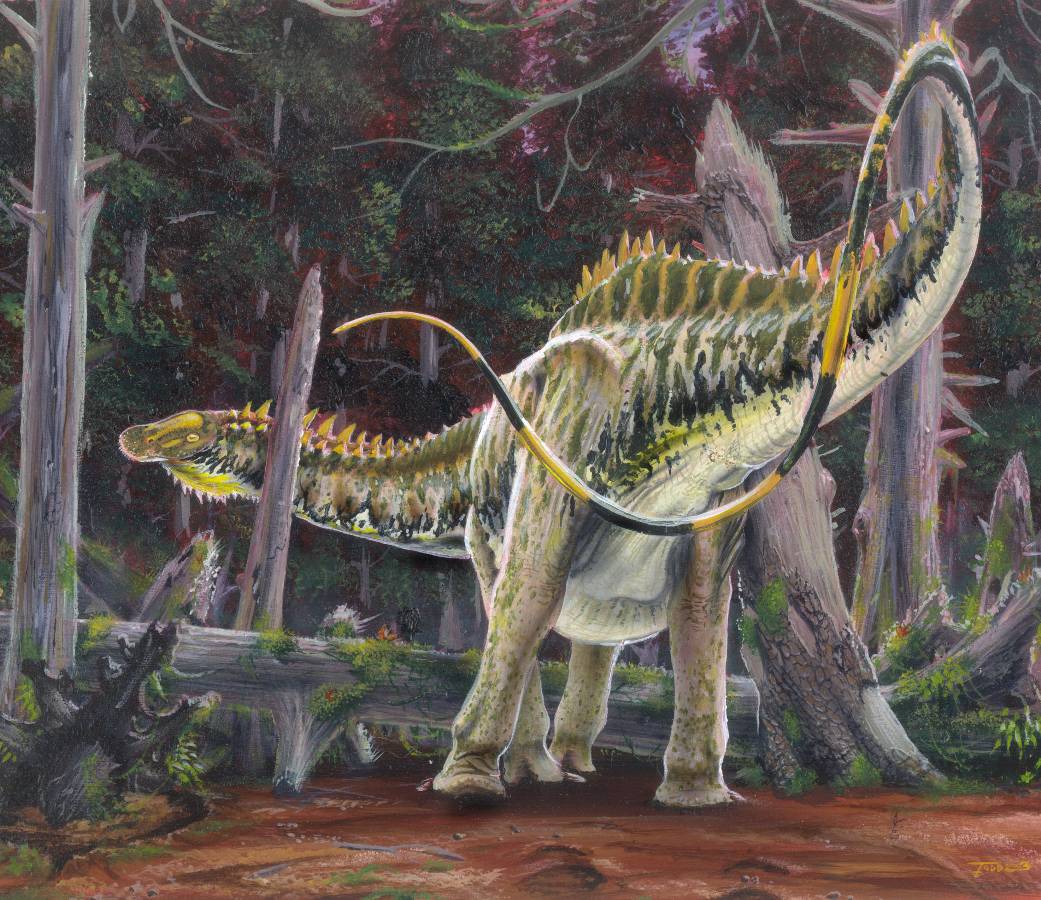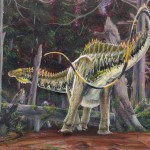Mathematics is the language of science and when it comes to biology this is no exception. It’s only when you start researching for yourself that you realise how useful a skill it is. Consider, for example, the mathematical approach that Graeme Ruxton and collaborators bring to their research in ecology and evolution. Ruxton has addressed questions ranging from the foraging radius of vultures to a hypothesis proposing that sauropod dinosaurs produced enough methane, a la modern cows, to affect the climate of the time. The latter paper does seem to ask an intractable question on first inspection given that the animals have been extinct for at least 65 million years. So how do the authors even begin to tackle their question?
Mathematically of course. To begin, they estimate the population density of sauropods during the Jurassic Period from fossil data. Then they take a medium sized sauropod like Apatosaurus louise, which weighed around 20,000kg, as a representative animal. Finally they apply a relationship which gives an indication of methane production per animal, while being careful to note the relatively shorter Mesozoic day:
Methane (litres per day) = 0.18 (body mass in kg) 0.97
Multiplying it all out and the bottom line is that these beasts could put out 520 million tonnes of methane per year into the atmosphere. Incredibly, this is comparable to modern day emissions when the effects of this are apparent to all.The upshot the authors draw is that sauropods were drivers of climate change during the Mesozoic Era. There are some uncertainties in the paper to be sure. For one, the metabolism of dinosaurs is still an unknown and this has implications for their output. But the argument seems to be a sound one and this was all achieved with some fairly basic maths.
References
1. Ruxton, GD, Houston, DC (2002). Modelling the energy budget of a colonial bird of prey, the Ruppell’s griffon vulture, and consequences for its breeding ecology. African Journal of Ecology. 40 (3) p. 260–266.
2. Wilkinson DM, Nisbet EG, Ruxton GD (2012) Could methane produced by sauropod dinosaurs have helped drive Mesozoic climate warmth? Current Biology 22: R292-R293. DOI: http://www.cell.com/current-biology/retrieve/pii/S0960982212003296
Author
Adam Kane: kanead[at]tcd.ie
Photo credit
Todd Marshall


